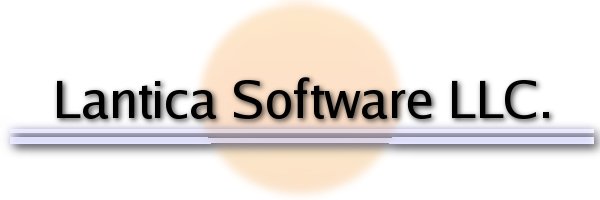Hi -
For anyone interested, who doesn't yet have the database (and if anyone want's a copy, all you have to do is ask) let me explain.
"Read First" is simply the label on one of several tab pages.
On that page, I have a TEXT layout element named "Read First." The text on that page is defined as an
initial value so that it will be seen on every record added to the database.
On top of the Read First LE is another text element named "NOTINSEARCH." The text on that page is defined as the
label of that element and that contains the text I want seen only when the user is in Search mode.
Now to explain the code which is in the
on-form-entry event of the form itself. Keep in mind that this code does NOT execute in Search mode. Visibility(NotInSearch,0) turns the visibility OFF for that element. It will be executed whenever the user is in either Search/Update or Add mode. With that element being turned off, the User will now see the Read First text.
Forceredraw "immediately redraws all the screen elements." I don't know the technology behind this (and don't care - lol) but assume this ensures that the display (what you are seeing on your screen) is immediately updated.
Loiter(###) "causes the current process (program) to pause for" a number (as specified by you) of milliseconds. "A value of 1000 equals 1 second." So Loiter(500) simply provides 1/2 second for the computer to accomplish the redraw before moving on to "bigger and better things."
The "counterpart" of that code is the code in the form's
on-retrieve-spec-open event.
Visibility(NotInSearch, 1)
ForceRedraw()
Loiter(500)
This simply turns the visibility of the NOTINSEARCH ELEMENT back on.
By using these "paired" pieces of code you have control over when and where a particular element will be seen by the user.
As for the "Bonus" button, that was designed for use with my particular e-mail program. The coding behind it causes my E-mail "client" (IncrediMail) to open a new e-mail with the "To" block filled in with the e-mail address of the person who's record I am viewing. That coding uses @shell and contains specific information related to that particular e-mail program.
Even better than the "bonus button" (in my opinion) is something on the "Feedback" tab. You see there what looks like an ordinary hyperlink to Spencer@S-O-S.bz. The very simple code behind this element (thanks, yet again, to Bob Hansen for telling me about it) will open the user's e-mail client (whatever it might happen to be) as defined in the Windows Operating system.
The nice part about either of these elements, is that it allows you to use your own e-mail (rather than Sesame's built-in @sendmail command). This, in turn, allows you to take advantage of all the e-mail program's features, such as inserting pictures, attaching files, etc. etc.
I hope I've answered your questions without boring anyone too much.

By the way, I just learned that you participate in Bob Hansen's user group (lucky devil - I envy you!). Bob has a copy of the database and I would imagine he would be glad to demo it for you and also answer questions.
Thanks for asking.


